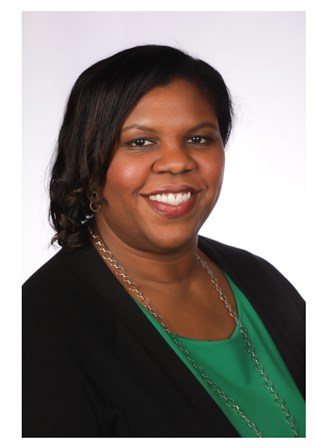
By Miriam C. Purnell, Pharm.D.
Sunday, October 28, 2018
I always wanted to pursue a career in health care. A presentation at a career day in high school set me on the path to becoming one of America’s most trusted professionals: a pharmacist.
As I began to learn more about what pharmacists do, I came to understand the lasting impact I could have on the lives of others.
According to the American Association of Colleges of Pharmacy, “Pharmacist help people to live healthier, better lives.”
We do this by helping manage chronic diseases such as high blood pressure, diabetes and asthma. One of my most gratifying moments was accompanying my mother on a doctor’s visit when I was in pharmacy school. I made a suggestion to her doctor about starting my mother on a medication that would help protect her kidneys because she had high blood pressure and diabetes. I was thrilled when the doctor took my advice.
Former U.S. Surgeon General C. Everett Koop once said, “Drugs don’t work if patients don’t take them”. Pharmacists can help by educating patients about taking their medication and making suggestions for easier regimens (for example, once a day versus twice daily dosing).
Pharmacists can also help people get well because we are among the most accessible health care professionals. Most people live within five miles of a pharmacy, according to a May 2016 article in Pharmacy Today. You can see a pharmacist any time your local pharmacy is open. We can answer your questions about medications such as “What should I do if I miss a dose?”, “How will I know if my medication is working?”, and “What side effects can I expect?”
Pharmacists are medication experts because our education teaches us everything that there is to know about prescriptions as well as over-the counter products.
Professional pharmacy programs are generally four-to-six years and lead to a Doctor of Pharmacy Degree (PharmD). College courses generally are needed before starting pharmacy school, although some programs can begin right after high school.
The University of Maryland Eastern Shore has an accelerated option that allows students to complete two years of undergraduate-level course work with an emphasis on science and then earn a Pharm.D. degree after three additional years.
After pharmacy school, some pharmacists choose additional training to specialize in different health areas, such as pediatrics, geriatrics, acute care, emergency medicine, diabetes, and psychiatry to name a few. The training we receive in pharmacy school and the opportunities to specialize provide pharmacists with many options of where to work. As a result, pharmacists are found in community pharmacies, hospitals, nursing homes, pharmaceutical companies, and in colleges and universities.
Helping patients and the various career options pharmacy offers are two reasons I chose the profession. Another was job security. The population is getting older and there are more prescriptions filled each year. To me, this meant that there would be a need for pharmacists for years to come.
The Bureau of Labor Statistics projects there will be 17,400 more jobs in pharmacy in the 10-year period from 2016 to 2026. If you do what you love, the money will follow, so the old saying goes.
The median annual salary in 2017 for pharmacists was $124,170.
It’s a bonus that pharmacists are compensated well for their work. The greatest benefit to being part of this noble profession is knowing I am contributing to helping patients live healthier, better lives.
Editor’s note: The writer is an associate professor and interim chair of UMES’ Department of Pharmacy Practice & Administration.

